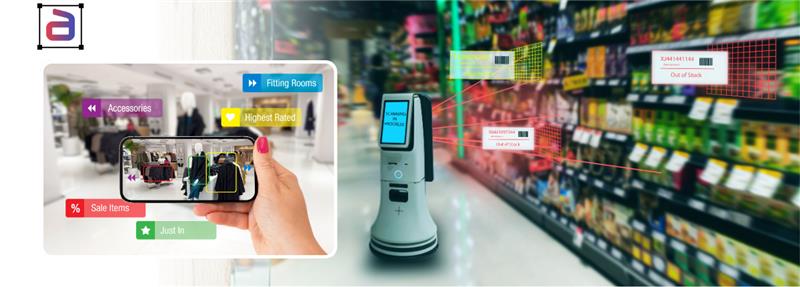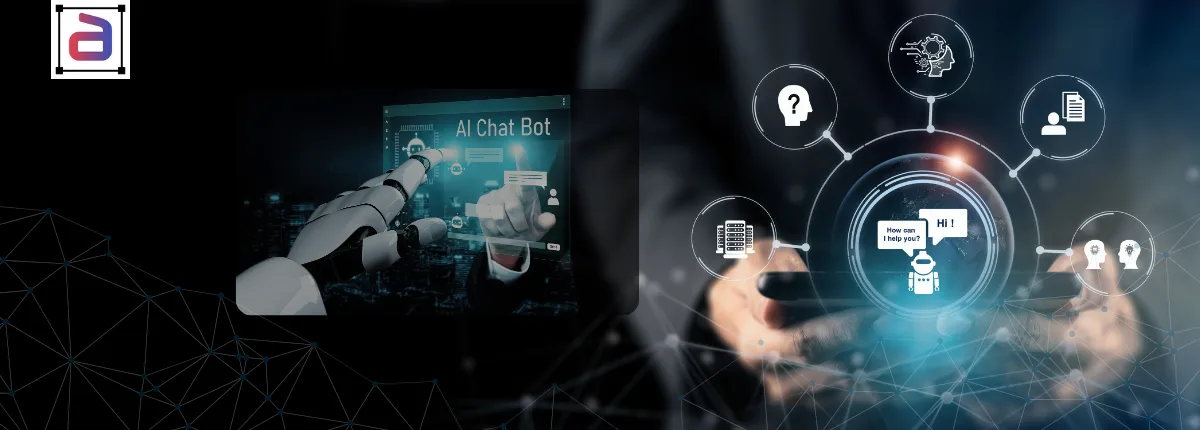In the age of artificial intelligence, the conversation often focuses on whether machines will replace humans. But in the world of data annotation—the backbone of AI—this narrative is shifting. Rather than being replaced, human annotators are being augmented by AI tools, giving rise to a new kind of professional: the Super-Annotator.
The Super-Annotator is not just a labeler of data, but a strategist, a quality guardian, and an ethical compass. Equipped with AI-powered tools, these professionals combine speed and efficiency with human judgment, cultural awareness, and domain expertise. The result? Annotation that is faster, smarter, and more aligned with real-world complexity.
Who is the Super-Annotator?
The Super-Annotator represents the evolution of the annotation role in the AI lifecycle. The Super-Annotator is the next evolution in data labeling expertise—combining human intelligence with AI-assisted tools for unmatched precision. Equipped with domain knowledge, adaptability, and quality-first focus, they bridge the gap between automation and accuracy. Moreover, their role ensures that every annotation drives smarter, more reliable, and context-aware AI outcomes. They are human annotators enhanced by AI support systems that:
- Pre-label data for efficiency.
- Suggest corrections and flag potential errors.
- Identify patterns of bias for human review.
Instead of manually labeling every image, voice clip, or text file, Super-Annotators focus on validation, supervision, and ethical oversight. This shifts annotation from being purely operational to becoming a strategic function in AI development.
How AI Tools Augment Human Expertise
AI-powered tools act as force multipliers, giving annotators the ability to work smarter:
- AI-Assisted Pre-Labeling: Generative AI and ML models provide first-pass annotations, significantly reducing repetitive tasks. Humans refine, validate, and correct these outputs.
- Smart QA Systems: Algorithms highlight inconsistencies or likely errors, allowing humans to make final judgments.
- Bias Detection: AI tools flag imbalances in datasets—such as underrepresentation of demographics—while annotators decide on corrective action.
- Scalability & Efficiency: Annotators can manage millions of data points without compromising quality, thanks to AI’s ability to process at scale.
By handling the routine, AI tools free up humans to handle the ambiguous, the nuanced, and the high stakes.
The New Skills of the Super-Annotator
This evolution requires a new skillset. Super-Annotators must excel at:
- Supervision and QA: Overseeing AI outputs and ensuring they meet gold-standard accuracy.
- Cultural and Contextual Understanding: Interpreting language, gestures, and cultural references that machines miss.
- Ethical Oversight: Applying human judgment to ensure fairness, inclusivity, and responsibility in datasets.
- Collaboration: Working alongside data scientists, ethicists, and domain experts to build AI that reflects human values.
- Feedback Management: Guiding AI systems by providing corrections that strengthen future model performance.
Super-Annotators are no longer “labelers”—they are AI supervisors, bias auditors, and ethics stewards.
Industry Applications of the Super-Annotator Model
- Healthcare : Radiology scans pre-tagged by AI can be validated by Super-Annotators with medical expertise, ensuring diagnostic models achieve clinical-grade accuracy. This minimizes errors in detecting anomalies and supports life-saving decisions.
- Autonomous Driving : AI can easily detect standard road signs or vehicles, but edge cases—like unusual weather conditions or temporary roadblocks—require human interpretation. Super-Annotators ensure datasets prepare AV systems for the unexpected.
- Voice AI : Generative AI transcribes large amounts of speech, but misses subtle phonetic or emotional cues. Super-Annotators refine these annotations, capturing tone, stress, and sentiment for more human-like conversational AI.
- Retail & NLP : Customer reviews and social media posts are auto-tagged for sentiment. Super-Annotators catch nuances like sarcasm or cultural slang, ensuring insights are accurate and reflective of customer intent.
Challenges in Building the Super-Annotator Workforce
Building the Super-Annotator workforce presents unique challenges, from skill development and technology adoption to maintaining quality at scale. While automation can streamline tasks, true expertise requires human judgment, domain knowledge, and continuous learning. Moreover, creating supportive training ecosystems ensures that annotators evolve with advancing AI demands and industry standards. The transition to Super-Annotators is not without challenges:
- Training Annotators: They need upskilling to use AI-assisted tools effectively.
- Avoiding Over-Reliance: Annotators must remain vigilant, not blindly trusting AI suggestions.
- Data Privacy: As annotators handle sensitive datasets, compliance with regulations like GDPR and HIPAA is critical.
- Career Development: Organizations must create growth paths that position annotators as long-term contributors, not expendable labor.
Why the Super-Annotator is Critical for the Future of AI
The Super-Annotator model ensures that AI systems remain accurate, ethical, and inclusive. Without human oversight, generative AI risks amplifying bias or making unsafe predictions. The Super-Annotator is critical for the future of AI, bridging the gap between human insight and machine efficiency. With deep domain expertise and adaptive decision-making, they ensure data accuracy and contextual relevance. Moreover, their role strengthens AI training pipelines, enabling smarter, more ethical, and performance-driven artificial intelligence systems. With Super-Annotators, companies gain:
- Higher model accuracy through human validation.
- Bias-aware datasets that reflect diverse populations.
- Ethical guardrails that protect brand trust and regulatory compliance.
In short, the rise of the Super-Annotator ensures that AI evolves responsibly.
Annotera’s Role in Empowering Super-Annotators
At Annotera, we believe the future of annotation lies in the human-AI partnership. Annotera empowers Super-Annotators by providing advanced tools, training, and AI-assisted workflows that enhance both speed and precision. Through continuous feedback loops and performance insights, Annotera enables annotators to achieve higher accuracy and consistency. Moreover, this empowerment transforms data labeling into a strategic, quality-driven process that fuels smarter AI innovation. Our approach to empowering Super-Annotators includes:
- Human-in-the-Loop Workflows: Combining automation with expert oversight.
- Training Programs: Equipping annotators with the skills to supervise AI and enforce ethical standards.
- Bias-Aware Practices: Building inclusive datasets by training Super-Annotators to detect and correct systemic bias.
Case Example: Annotera collaborated with an autonomous driving company to implement Super-Annotator workflows. Generative AI pre-labeled LiDAR and video data, while human experts validated and refined the results. Accuracy improved by 22%, and edge-case misclassifications were cut nearly in half, making the model safer for real-world deployment.
Executive Takeaway
The future of annotation is not about choosing between humans and AI—it’s about combining their strengths. The rise of the Super-Annotator is proof that AI tools don’t replace human expertise; they amplify it.
“The annotators of tomorrow won’t just label data—they will supervise, guide, and humanize AI.” — AI Strategist
Contact Annotera
The Super-Annotator is the future of annotation. By embracing this model, organizations can build AI that is faster, smarter, and more human-aware.
Ready to transform your annotation workforce into Super-Annotators? Partner with Annotera to harness AI tools and human expertise for responsible, high-accuracy datasets.


